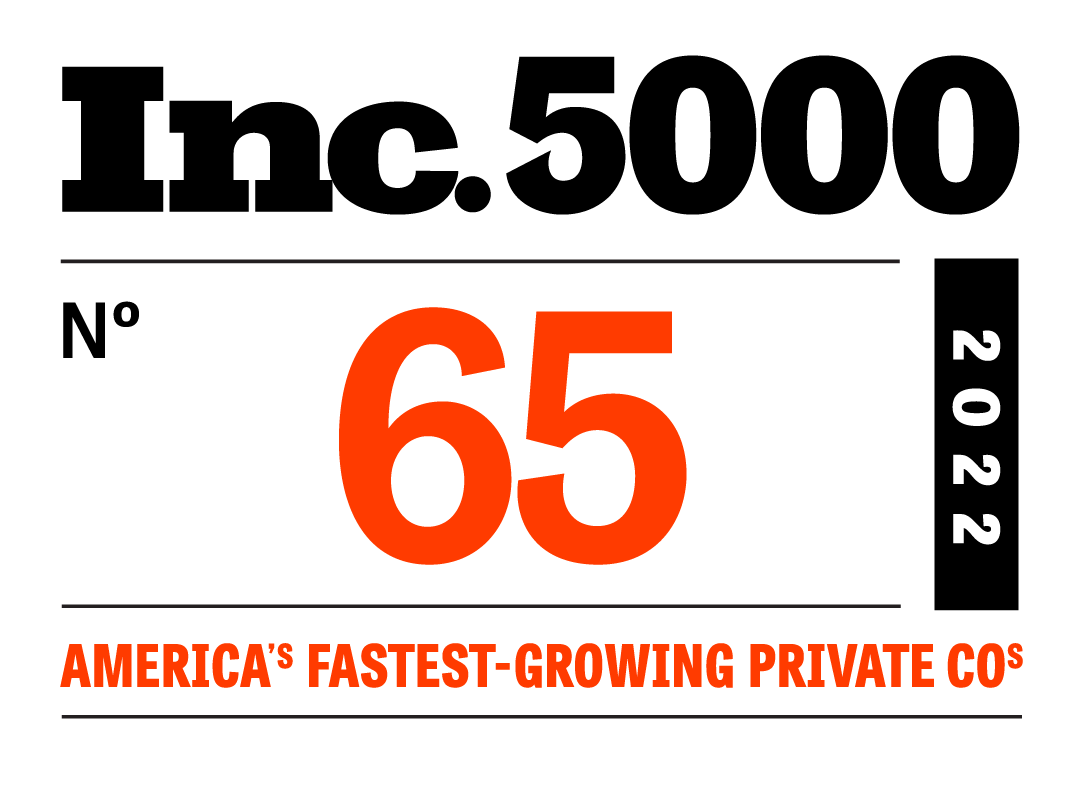
In a recent article for GonzoBanker, Cornerstone Advisors’ Joe Ganzelli painted a dire picture of the small business lending landscape for community and regional banks.
Joe highlighted three stats that show just how much competition these financial institutions are up against when it comes to lending to small businesses:
- Small business loan dollars closed per loan officer per month dropped 23%, and loans closed per branch per month declined by 9% according to the most recent data in the Cornerstone Performance Report for Banks.
- While online lenders Kabbage and OnDeck lent $2 billion and $2.5 billion, respectively, to small businesses in 2018, PayPal is now the largest online small business lender in the United States, with over $4 billion funded in 2018. (Source: DeBanked)
- Square Capital lent about $1.6 billion to small businesses in 2018, up nearly 36% over 2017 and double that of 2016. Amazon lent over $1 billion to small businesses in 2018, and small- and medium-sized businesses selling in Amazon’s stores now account for 58% of its sales, up from 30% 10 years ago. (Source: DeBanked)
The first two stats should come as no surprise—relationship banks have been struggling with their small business segment since the Great Recession, and Alt Lenders are a known threat to the industry. That last stat, however, should send shivers through the banking industry’s collective spine.
Amazon is a company that has road wave after wave of disruption to its current status as the world’s most valuable company. If they want to disrupt small business lending, they’ll be met with little resistance.
But a closer look at Amazon’s current strategy shows them to be more of a vulture circling a dehydrated and malnourished hiker than a lion stalking its imminent prey. What I’m trying to say here is that relationship banks still have a chance at survival as Amazon isn’t going after their core small business clients … yet.
Amazon Just Wants a Piece of the Pie (For Now)
As Amazon flies past the billion-dollar lending milestone, they’re doing so in a surprisingly controlled way (at least by their standards). Not just any small business can apply for a loan through the tech giant.
Rather, in order to secure a small business loan, a company must first be selling their products on the Amazon marketplace. Once they’ve been approved, the money they borrow can only be spent to set up or change the small business’s Amazon storefront. Amazon also caps repayment periods at 12 months, and the only way to pay back the loan is through auto deductions from the sales a small business makes through the Amazon marketplace. As far as loan products go, Amazon has created a walled garden akin to Apple’s App Store.
As one could imagine, this significantly limits the number of small businesses Amazon can target. But even with these caveats, the Seatle-based company still has nearly 2 million small businesses it can lend to.
While that target lists only consists of about 6.6 percent of all small businesses in the United States, according to our estimate based on numbers from the Small Business Administration, Amazon is using the deep data they maintain on their customers and sellers to deftly advertise and sell loan products to them. Said differently, they're using their data to be as efficient as possible and convert as many of those 2 million target accounts as they can.
And this is the lesson relationship banks need to learn if they want to survive the current evolution of small business lending.
Relationship Banks Need to Fully Realize The Value of Their Data
Like Amazon, relationship banks are sitting on a mountain of data about their small business customers. The only difference is that Amazon is actively using that data to better understand these small businesses’ wants and needs and to provide them with appropriate products and services, while relationship banks struggle with spreadsheets and pivot tables.
Joe at Cornerstone points this out in his article as one of the major failings of relationship banks, today.
“Many financial institutions,” he wrote, “don’t provide their client-facing staff with the tools to identify potential small business loan or other relationship opportunities—from existing small business customers as well as local businesses that fit the institutions’ desired profile/footprint.”
And relationship banks aren’t just failing to identify new customers, they’re failing to tailor their loan products to their small business customers’ needs, based on the data they have available. Joe covers this point as well, noting that many community and regional banks fail to differentiate between small business and commercial loans and therefore have no way of streamlining application and underwriting processes.
It’s no wonder, then, that some 80 percent of small businesses have their loan applications rejected from traditional banks.
How Relationship Banks Can Harness Their Data to Succeed in Small Business Lending
While Amazon hasn’t yet disclosed the interest rates that come with their loans, we know from the Fed’s most recent Small Business Credit Survey that the owners of these establishments are willing to pay a premium for speed and convenience.
With the right data and tools, relationship banks can focus on improving in both areas, while mitigating risks. Doing so will allow them to regain momentum in business lending, and use these loans as a “tip of the spear” to pull in deposits and open the door to cross-selling opportunities.
Here are three ways banks can accomplish this:
- Digital Credit Policies: Some of the most important data a bank has is associated with its credit policies. These policies establish what kinds of businesses the bank is willing to lend to and under what circumstances. By digitizing them, banks can put their credit policies to work, pulling in rich data from inside and outside of the bank against these policies to pre-qualify businesses across the bank’s credit products. For example, Numerated runs this sort of eligibility screening across 10 million businesses every day for our customers. This provides bankers with basic information on who is lendable, which transforms how these bankers go to market and approach businesses.
- Data-Driven Sales: Credit eligibility is just the beginning of the rich data available to banks. Relationship-based digital lending platforms like Numerated’s help banks leverage data to transform how their bankers sell. For example, we use advanced data science to pull information directly from a bank’s core and cross-reference it with several sources of truth (such as Secretary of State data) as well as the bank’s digitized credit policies. By organizing all of this data, bankers can easily query the system to pull up eligible businesses based on industry, location, product eligibility, and more. They can also surface lists of current customers making payments to alternative lenders or other competitors. All of these insights help bankers build better relationships because it allows them to address their customers through a proactive, consultative approach.
- Streamlined and Convenient Applications: Part of creating an exceptional customer experience is making yourself easy to borrow from. To do that, banks need to take as much of the burden associated with borrowing off of their customers' shoulders as possible. One way to accomplish this is by simplifying your loan applications to just a few critical questions that represent data you can’t obtain on your own or want to validate. For example, why ask a business what industry they’re in, where they’re located, or how long they’ve been in business for, if you can pull that data automatically from high-quality data sources and have conviction in it? Platforms like Numerated use purpose-built AI and machine learning to pull data from multiple sources of truth, clean it, validate it, and leverage it to pre-populate large portions of a small business’s application. This results in simple and fast borrowing experiences that don’t ask business owners to go to their file cabinets, pull information from multiple accounts, or enter information the bank already knows about them. In fact, banks that use Numerated offer business owners a borrowing experience with as few as 5 questions, and go from application start, to account funded in as few as 3 minutes. This experience sets banks apart from the competition, and has generated Net Promoter Scores as high as 95.
For Relationship Banks, A Rapidly Closing Window of Opportunity
As I think about the evolution of the small business lending segment, I can’t help but think about the fable of the boiling frog. As the author and cultural critic Dan Quinn once wrote:
If you drop a frog in a pot of boiling water, it will of course frantically try to clamber out. But if you place it gently in a pot of tepid water and turn the heat on low, it will float there quite placidly. As the water gradually heats up, the frog will sink into a tranquil stupor, exactly like one of us in a hot bath, and before long, with a smile on its face, it will unresistingly allow itself to be boiled to death.
And that’s exactly where relationship banks find themselves today. Amazon offering small business loans to the 2 million small businesses that use its marketplace might seem like small peanuts when we consider the more than 28 million small businesses that do not. However, as Amazon puts more of its data to work, and expands beyond its current strategy, it’s slowly but surely turning the temperature up on its competition: community and regional banks.
If these financial institutions want to survive, they’ll need to be more like Amazon, and try to beat them at their own game. They’ll need to use every bit of data they have at their disposal to make sure they don’t get boiled alive.






